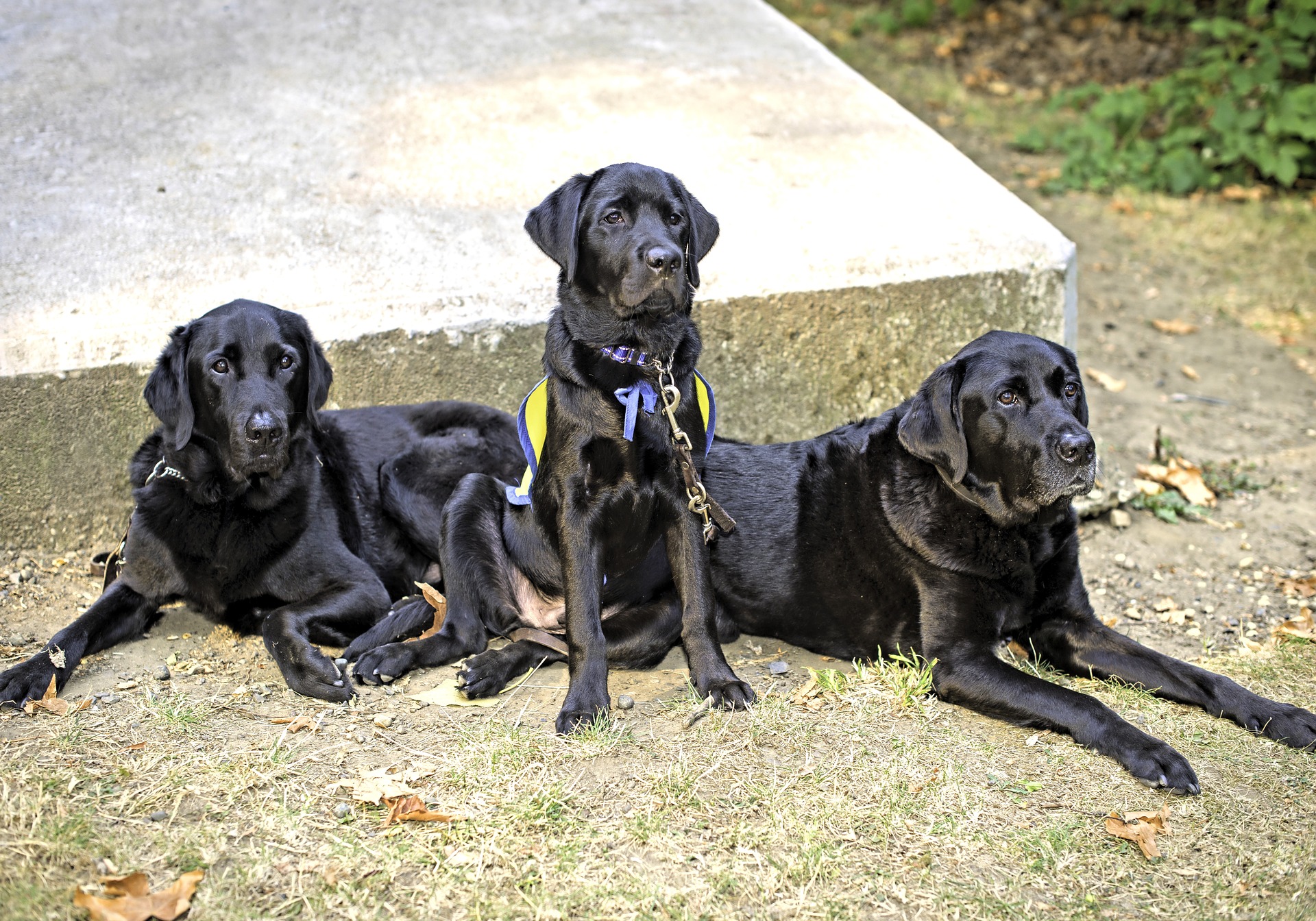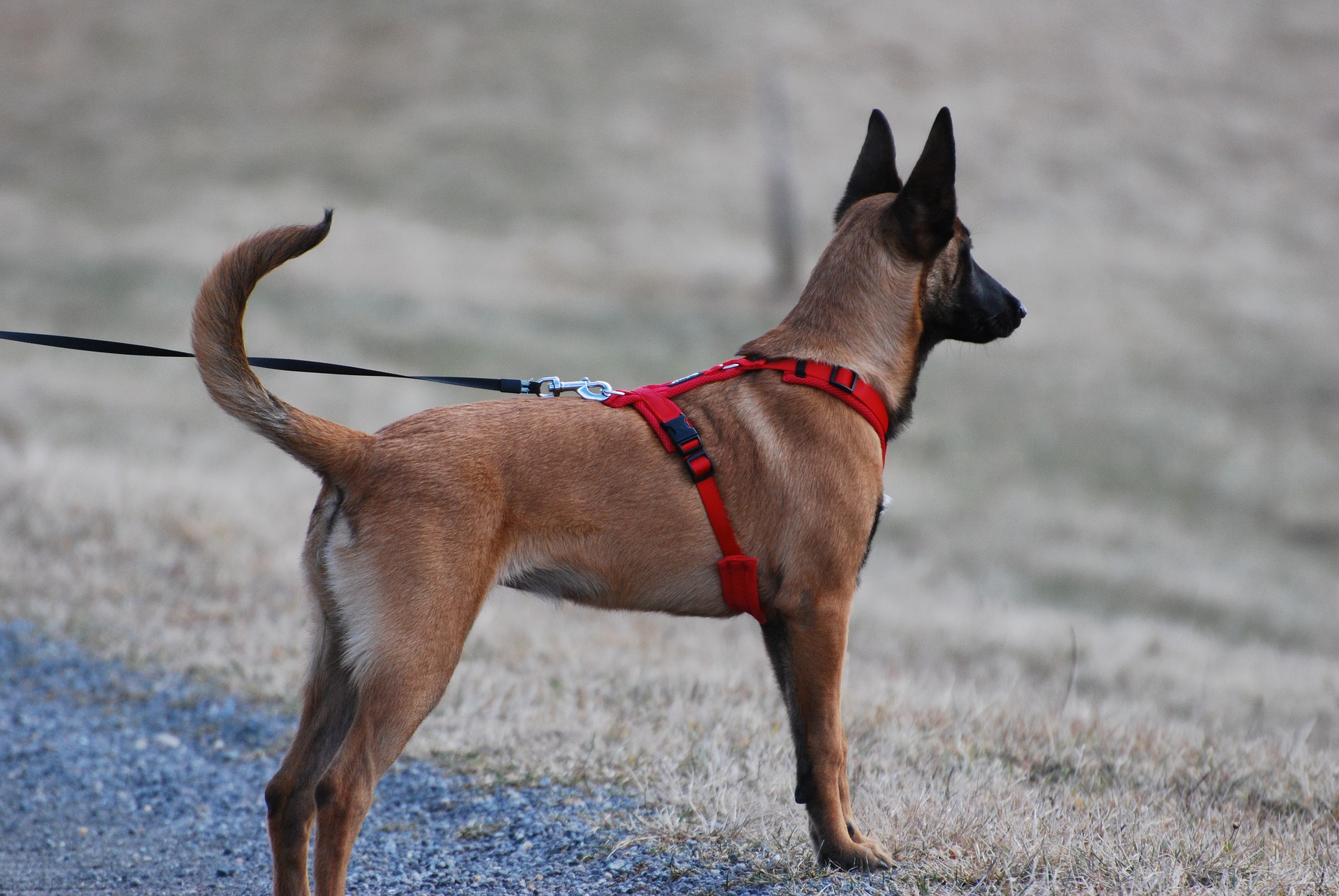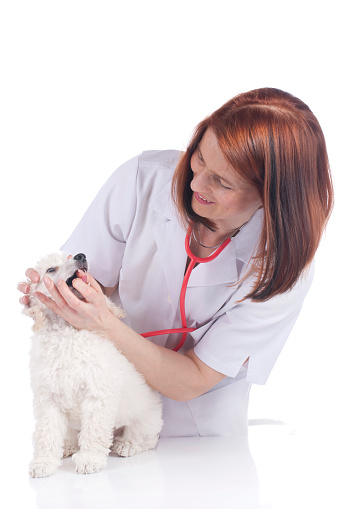
Preventive care is something we should never neglect if we want to ensure that our beloved paw friends will live a long and happy life. Unforeseen situations might occur, and we should not wait until the problem worsens, to take action. Raising a dog, or a pet in general, requires time, determination, and consideration.
What Is Preventive Care?
Preventive care is a generalized term used to describe procedures that maintain a dog’s quality of life. This term does not include only routine checkups at the veterinarian office, but also actions that owners should take to provide their dogs with a living environment as safe as possible. The goal of preventive care, as the name implies, is to protect the dog from health problems, that might occur. In other words-try to be one step ahead!
Are a Pet Wellness Plan and Pet Insurance the Same Thing?
Prior to listing what activities may be included in a “preventive care checklist”, we would like to clarify the difference between the two terms.
Wellness plans are meant to cover costs related to routine procedures such as an annual physical exam, vaccinations, dental care, teeth cleaning, microchipping...etc. Pet owners can purchase wellness plans from different places, including veterinary clinics and pet insurance providers. You should get informed about the fees that the wellness plan will cover as well as the facilities, where it can be used, as you might be able to benefit from it only within the veterinary chain.
Pet Insurance, on the other hand, is meant to cover costs related to unexpected visits due to injuries and health problems, which may get very expensive. Pet insurance does not cover routine procedures like vaccinations and annual examinations.
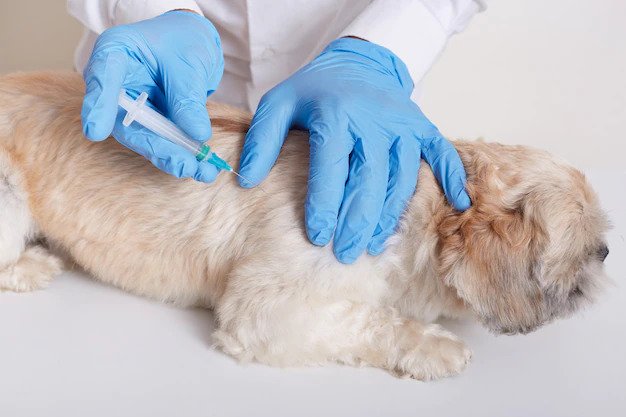
What Does Preventive Care Include?
The interventions/activities considered in preventive care can be divided into two groups:
1. Provided by the veterinarian
2. Provided by the owner
The first intervention that comes to our mind, when we hear “preventive care at the vet” is:
Vaccinations
Keeping your pet up-to-date with all vaccinations is needed to make sure that he/she will be protected from various health conditions. If you worry that the vaccine will have side effects and will cause a negative reaction of your dog’s immune system, you should remember that the risk of non-vaccinating your dog is much higher. Your dog is likely to not feel perfectly well on the same day right after he/she has gotten the vaccination or the day after that. However, it usually takes 1-2 days for our beloved pets to get into their normal condition.
If you are a new pup owner, you should know that puppies need to undergo monthly examination for the first 5-6 months of their lives. During this period of time they get vaccinated against Distemper, Parvovirus, DHPP and Rabies. Usually the age of 6-8 weeks is considered suitable for the pups to get their first vaccine.
Once your pup gets older, you should bring him/her to the vet office for annual check-ups. This procedure is helpful to keep track of your dog’s health and take actions in a timely manner if an underlying health issue is being determined. If there are additional vaccinations that have to be made, your veterinarian will let you know.
If your paw friend is at the age of 8 years or older, a semi-annual examination will be recommended. Blood tests may be administered so that underlying health conditions can be excluded or treated in a timely manner if present.
Information about your dog’s lifestyle may be required by the veterinarian so that they can administer the right vaccine for him/her.
It is recommended that you pay attention to the dogs that your beloved paw friend meets in the local parks, and check with their owners if they are vaccinated as well.
Parasites Control
Highly energetic dogs, who spend much time outdoor as well as dogs who live in multi-pet households are exposed to a higher risk of parasites than dogs, living mainly indoor and having limited access to other animals.
Do not forget to always clean after your dog to prevent him/her or other animals from contamination with parasites transmitted through feces.
Monthly flea/thick/ control, as well as treatment for worms (heartworms, roundworms, hookworms, lungworms, whipworms), should be done at least every three months or on a monthly basis, based on your dog’s lifestyle and location. During summer a monthly treatment for worms is recommended.
Dental Care
Oral hygiene is an aspect of your dog’s health that you should also pay attention to. Small breeds are more prone to dental diseases due to genetic features such as the anatomy of their heads. If your paw friend is a representative of the Pug, the Chihuahua, the Yorkshire Terrier, or the Dachshund, his/her teeth and gums may need special attention.
There are simple things to do at home to keep track of your paw friend’s dental health, i.e. regularly checking the color of his/her gums (it should be slightly pink), providing him/her with dental sticks, and brushing his/her teeth. You may want to introduce teeth brushing to your dog at a young age so that he/she can adapt to it. You should use a toothpaste specially designed for dogs and a toothbrush of a size, suitable for your dog.
It is also important that you bring your dog to the veterinarian for regular dental checks, i.e. twice a year. Dental cleaning may be administered as needed.
Keep Your Dog on a Healthy Diet
We would recommend that you pay attention to the food you feed your dog and avoid low-quality food with a lot of additives. Check the ingredients as well as the reviews left by customers about certain brands, prior to purchasing.
You should consult your veterinarian in regard to the food that would be most suitable for your dog, based on his/her age, energy level and lifestyle. Breeds with higher energy levels, who need more physical and mental stimulation and spend much time playing, running, and exploring, will need food higher in protein. Puppies and neutered/sprayed dogs also require specialized food. While it should be higher in fat for pups to support their growth, the neutered/spayed dogs’ calorie intake should be reduced.
You can also cook for your dog, however, make sure that the human food you provide your dog with is safe for dogs and properly prepared. White rice, carrots, fish, chicken are safe for dogs, when cooked. However, we would recommend that you consult a veterinarian to make sure that you will not feed your dog food potentially dangerous for him/her. Also, you should remember to not feed your dog with 100% human food, as this option will not be healthy for him/her. Keeping a balance between dry and wet food would be most beneficial for your paw friend’s health.
Keep track of your dog’s weight and make sure that he/she is neither underweight nor overweight. You should be able to touch his/her ribs and see his/her waist, however, if they are too prominent, this is also not a good sign. Let the veterinarian weigh your dog at their office or consider doing it at home. The easiest way to do it is to weigh yourself first, then pick up your dog and step on the scale again. Then you can calculate the difference. Of course, this method is likely to work for small and mid-sized breeds.
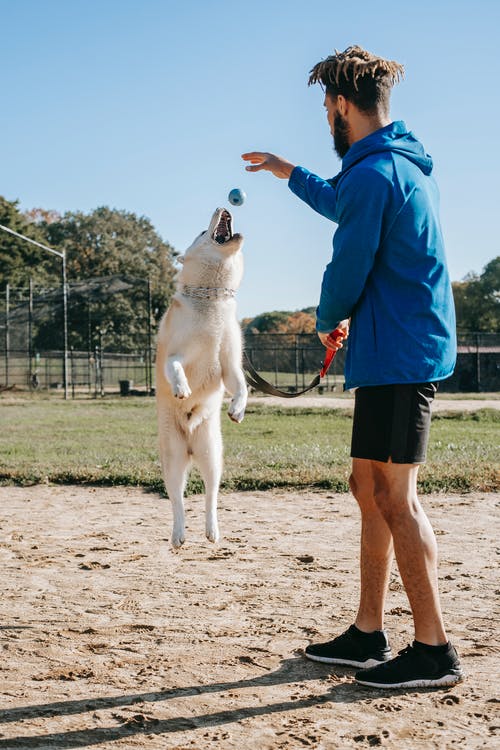
Regular Exercises
If you are not sure how much exercising would be healthy for your dog, you should consult a veterinarian. They will give you accurate information about your dog’s exercise needs, based on his/her breed and age. If you spend enough time walking your paw friend and playing with him/her, you will contribute to the extension of his/her lifespan.
If your paw friend is likely to be a coach potato, do not let him/her just sit the whole day doing nothing. The possibility for him/her to gain too much weight increases drastically which can seriously affect your dog’s health in a long-term.
Prior to getting a pup, make sure that you have checked the breed characteristics and are able to provide him/her with the best possible life conditions. If you live in a small apartment, you should think twice prior to getting a dog of a large and highly energetic breed. Some breeds need more space and opportunities to exercise than others.
Mental Stimulation
Do not neglect mental stimulation as well. Certain breeds, considered highly intelligent, such as the Poodle, the Border Collie, the German Shepherd, require substantial mental stimulation. Puzzle toys, tug toys, chew toys, You can always purchase toys for your doggy. There are toys with a different design and with a different purpose on the market, i.e. tug toys, puzzle toys, chew toys and chase toys, that will be mentally beneficial for our paw friend, especially puzzle toys. Mental stimulation will not only positively affect the emotional state of your paw friend, but also it will help you address behavioral issues. As you may know behavioral issues can be caused by different factors such as stress, boredom and triggers in the environment. Through proper mental stimulation your paw friend will be able to better deal with behavioral issues, especially if caused by stress. As you know, stress can also negatively affect the physical health of your dog.
Safe Environment
The term “safe environment” means a lot of things such as:
• Keeping human food that can kill your dog locked (for example-chocolate);
• Not using pesticides or any toxic substances on places that your dog has access to such as your garden, front lawn, a fenced yard, any hedges around your house;
• Putting a fence in your backyard;
• Supervising the interaction between your dog and other family members or pets (especially important for small dog breeds living together with small children);
• Supervising your dog while outdoor and keeping him/her on a leash, in case he/she has the tendency to wander;
• Never keep your paw friend locked in your car during summer;
• Keeping your dog seat-belted or in a carrier during car rides...etc.
In general, you should try to create an environment safe for your paw friend as much as possible.
Savings
Raising a pet is always accompanied by costs. You may want to be prepared for both providing preventive care, and covering costs due to unexpected situations. We would recommend that you put aside savings, that will ensure that your beloved friend will receive proper medical treatment as needed.
Consider Spaying/ Neutering
Unfortunately, there is overpopulation of stray kittens and puppies, many of which do not survive on the street. Unwanted pregnancy and newborns without a home (in case you can not care for the litter) are only one side of things. Unspayed /unneutered dogs and cats are also exposed to a higher risk of diseases such as breast tumors, testicular cancer, uterine, prostate infections...etc. Another benefit of spaying/neutering, is the prevention of your dog from wandering and getting into dangerous situations. Marking, biting and showing other unwanted behaviors will also stop if you opt for that option.
Last but not least:
Know Your Dog
At the moment you decide to be a dog (pet) owner, you should keep in mind that raising a dog is a process that requires a good level of understanding your paw partner. You should know what his/her “normal” behavior is, to be able to recognize any deviations from it. Your dog’s eating habits, energy level, as well as certain types of body language, such as too often pawing at their eyes, rubbing their body/head in rough surface, too much licking...etc., can be signs of an underlying health issue. That is why knowing your dog’s habits and body language will give you a clue if something is going on with them.





